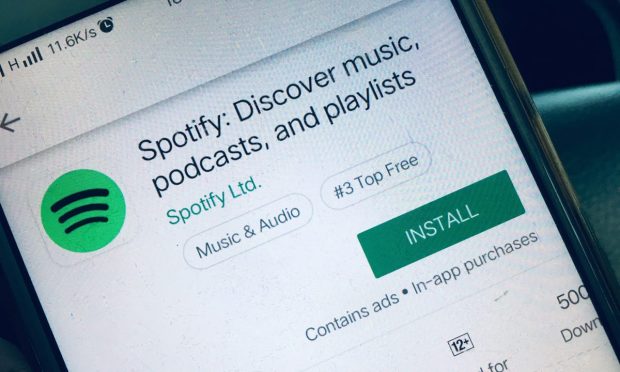Google’s ‘Dual Billing Option’ Adds Pressure on Apple

Yesterday, March 23, Google and Spotify announced a new agreement that will allow users to download Spotify from the Google Play Store and choose to pay with either Spotify´s payment system or Google Play Billing.
For the first time, a dual billing option will be displayed side by side in the app. This represents a significant departure from the traditional model used by Google (and Apple) where users could only use Google’s payment system for in-app purchases. The User Choice Billing, as the companies named it, may be launched later this year in the U.S. — and then the companies plan to roll out in many countries around the world.
“Spotify is on a years-long journey to ensure app developers have the freedom to innovate and compete on a level playing field,” said Alex Norström, chief freemium business officer.
This decision responds, at least in part, to regulatory headwinds the company is facing in Europe, U.S. and elsewhere. Regulators and policymakers around the world are working on new rules and legislation to open app stores and give consumers a choice about the payment system they use for in-app purchases such as subscriptions. This week, the European Union is expected to iron out the last details of the Digital Markets Act (DMA) that would force Google and Apple to provide more payment options on their App Stores. South Korea also passed similar laws last year to open the mobile app ecosystems. But the biggest battle yet is in the U.S., where lawmakers will soon debate in the Senate the Open App Markets Act, a bill that, if approved, will prohibit Google and Apple from requiring developers to use their in-app payment system as a condition of distribution or accessibility.
Big Tech firms have long resisted changing their in-app payment policies, but Google’s partnership with Spotify may be the first sign of a long-term strategic move, at least for Google. This doesn’t mean that Google will lose all the revenue that it used to generate from Spotify via Google Play Billing, though.
The “user choice” approach will likely work like the arrangement Google has introduced in South Korea, where apps still pay a service fee on revenue generated from their own payment methods. Google didn’t say how big the service fee for this dual billing arrangement would be, but it would probably be a thorny issue in the negotiations. App stores fees usually range from 15% to 30%, depending on the developer and the type of purchase. However, this new dual billing system may be the first step to push these fees down, which may also bring better prices for consumers — at least, this is what regulators are hoping for.
Google’s decision may soon turn the spotlight on Apple, which has publicly and strongly rejected any idea of allowing more payment systems in the App Store. For instance, it challenged a court ruling in South Korea that required it to allow apps to link the App Store to alternative payment systems. It also chose not to comply with a decision from the Dutch competition authority that ordered Apple to allow other payment systems, and it is paying a weekly fine for non-compliance. The new law in Europe will also add significant pressure on Apple to open its App Store, but as PYMNTS wrote, the Cupertino company may still have some legal arguments to push back on its implementation.
Read more: Apple Could Play This Card to Delay Implementation of EU App Store Bill
Google’s dual billing option would probably appease regulators and please app developers — but more importantly, it would give the company enough time to design the system and determine the appropriate fees without any interference by regulators.
